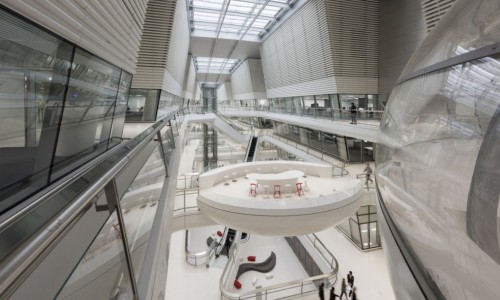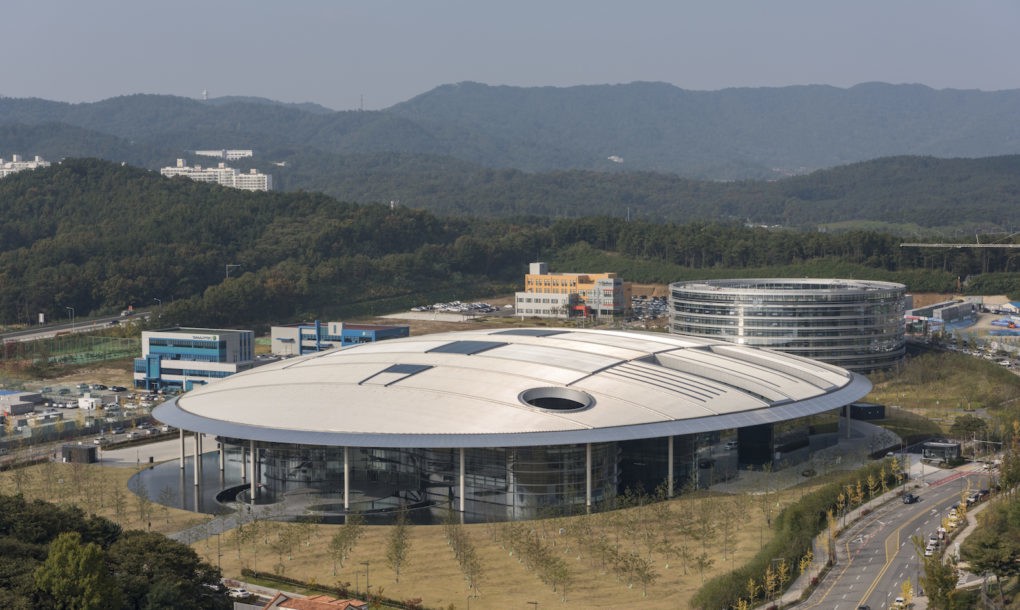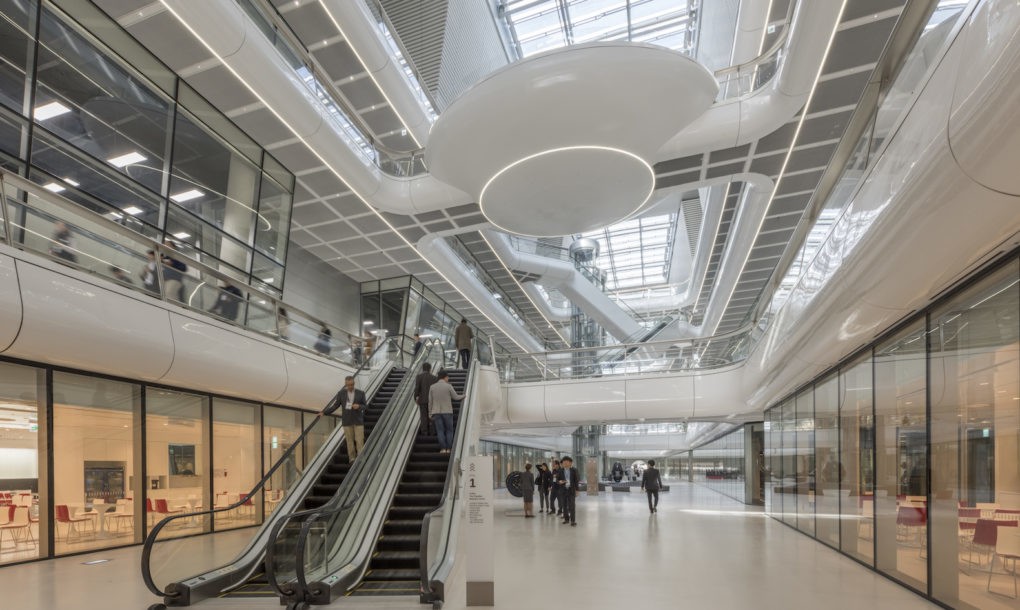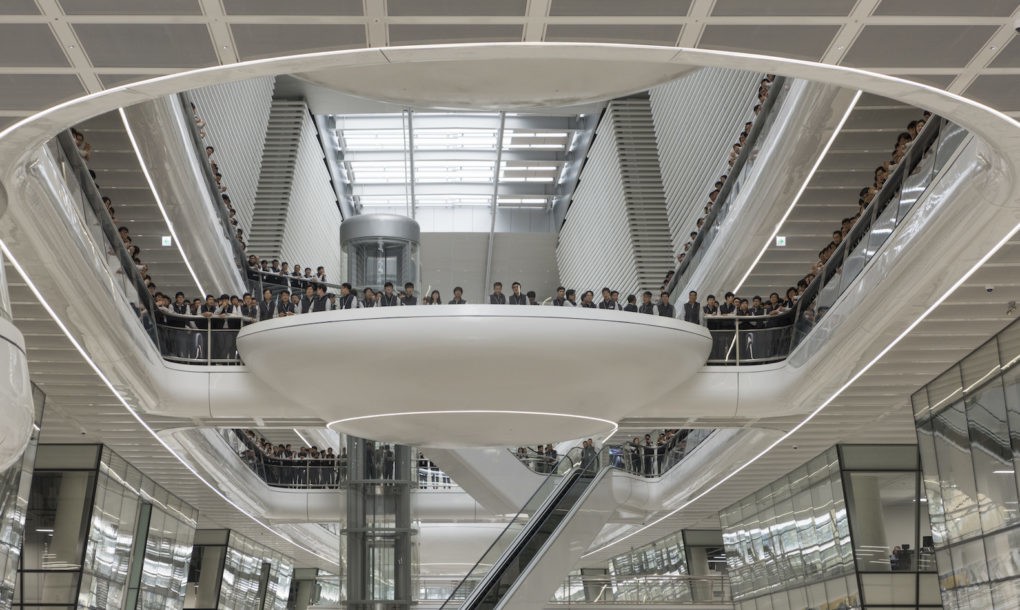RECOMMENDED VIDEOS

Low Carbon Green Cement Sustainable Concrete ekkomaxx by…
CeraTech USA, LLC.

Heat Resistant Concrete FIREROK By CeraTech
CeraTech USA, LLC.

Bamboo Living: Two Green Bamboo Homes Up In Two Days
Bamboo Living

Breezway - Altair Louvre Windows Systems
Breezway (Malaysia) Sdn Bhd

Landscape Design For Your Perth Property
Eco Aesthetics
Related Stories
‘House of Trash’ proves how waste can transform into beautiful home design
Whimsical park built of recycled materials pops up in Shanghai
Elevated bamboo peace bridge for the Korean Demilitarized Zone unveiled by Shigeru Ban and Jae-Eun Choi
Colossal cardboard temple pops up in Chiang Mai in just one day
“Cannabis walls” add warmth to this eco-friendly home in Israel
22 Oct, 2016

LEED Gold Hankook Tire R+D Centre harvests rainwater for cooling in Asia’s Silicon Valley
Green Building Materials, Construction & Design | KOREA, REPUBLIC OF | 24 Oct, 2016
Published by : Eco Media Asia
Asia’s “Silicon Valley” in Daejeon, South Korea just welcomed its newest addition: the LEED Gold-certified Hankook Tire research and development center. Designed by Foster + Partners, the recently opened Hankook Technodome represents the company's brand vision while serving as a pleasant and environmentally friendly workplace. Sustainable design strategies are at the heart of the center’s architecture - from the natural light-filled offices to the rainwater harvesting systems.

Developed to attract the industry’s top talent, the 96,328-square-meter research and development center aspires to be an inspirational place to work and one that encourages collaboration and social interaction. The contemporary glazed building is housed beneath a floating silver roof with long overhangs that shield the interior from unwanted solar gain and gives the structure a mysterious quality. The interior is organized along a top-lit central spine flanked by research spaces and bookended by the entrance on one end and a restaurant on the other. The spatial layout is flexible to allow for future changes and steps up from four to six stories.

“The key design objectives for, the Hankook Technodome were two-fold – to reinvent the Hankook Tire’s image and to create an integrated working environment for the office and laboratory staff,” says Iwan Jones, Partner at Foster + Partners. “The spatial arrangement encourages visual connectivity and physical interaction. Testing facilities are on display and circulation and meeting spaces are shared to enhance interaction.” The LEED Gold facility captures waste heat and reuses it for heating the adjacent dormitory that accommodates visitors and staff. Harvested rainwater is stored at the lake at the southern entrance and used for cooling.

Article by Lucy Wang at inhabitat.com
Read more articles at inhabitat.com
Images via Foster + Partners, © Nigel Young
Read more articles at inhabitat.com
Images via Foster + Partners, © Nigel Young
